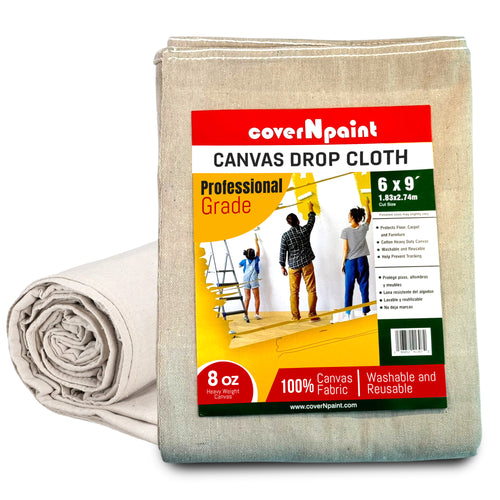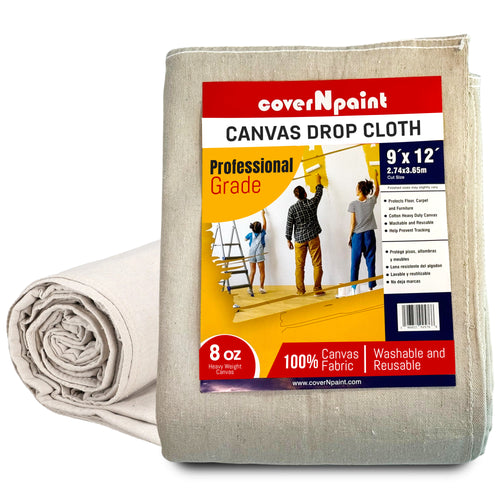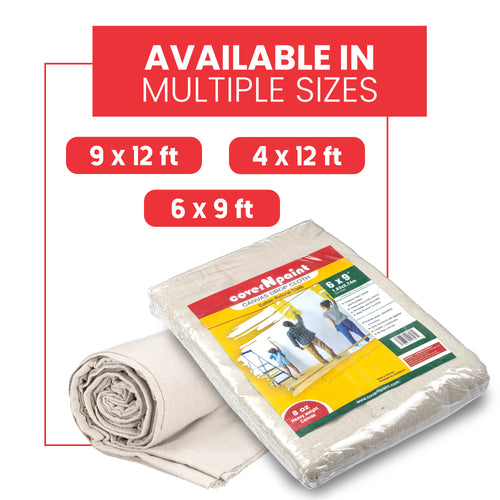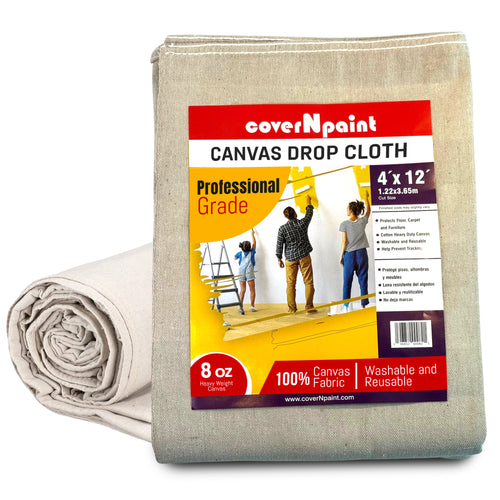Whether you are a carpenter, electrician, plumber, woodworker, metal fabricator, mechanic, or a serious DIY enthusiast, choosing between a Tool Apron and a Tool Belt can impact your efficiency, comfort, and productivity on the job. Both are designed to keep tools within reach, eliminate time wasted searching for equipment, and improve workflow—but they serve different needs. In this detailed comparison guide, we explore Tool Apron vs Tool Belt: Which One Is Better for Professionals? so you can make a confident decision based on your trade, working style, and daily job demands.
What Is A Tool Apron?
A Tool Apron is a waist or full-body apron designed with multiple storage pockets, loops, and compartments to hold frequently used tools. Tool aprons come in various styles including canvas tool aprons, leather aprons, and heavy-duty workshop aprons.
Key Features Of A Tool Apron:
-
Offers chest and waist storage
-
Distributes weight evenly across the shoulders and torso
-
Ideal for long working hours
-
Provides clothing protection against dirt, paint, dust, and sharp tools
-
Often made from durable canvas or leather.
What Is A Tool Belt?
A Tool Belt, also known as a tool belt apron or apron belt, sits around the waist and includes hanging pouches for hammers, nails, tape measures, pliers, screwdrivers, and other common tools. Tool belts are commonly seen on construction sites and roofing projects due to their portability.
Key Features Of A Tool Belt:
-
Focuses on waist storage
-
Keeps tools visible and easy to reach
-
Lightweight and mobile
-
Popular among carpenters, roofers, and framers
-
Available in nylon, leather, and fabric
Tool Apron Vs Tool Belt – Quick Comparison Table
|
Feature |
Tool Apron |
Tool Belt |
|
Tool Storage |
Chest + Waist pockets |
Waist-only pouches |
|
Comfort Level |
High – distributes weight |
Medium – pressure on hips |
|
Best For |
Woodworkers, DIYers, shop jobs |
Construction, roofing, framing |
|
Protective Element |
Protects clothing & body |
No body protection |
|
Weight Handling |
Heavier tools comfortably |
Light to medium tools |
|
Safety |
Reduced strain on lower back |
May cause hip strain |
|
Mobility |
Medium |
High |
|
Material Options |
Canvas, leather |
Nylon, leather, suede |
|
Organization |
Excellent |
Good but limited |
|
Reusability |
Very durable |
Varies by quality |
Tool Apron Advantages
✅ Better Weight Distribution
A tool apron belt spreads tool weight across the shoulders and torso, reducing fatigue during long projects.
✅ High Tool Organization
With multiple pockets and compartments, tool aprons help keep small hardware like screws, drill bits, and nails sorted.
✅ Clothing And Safety Protection
Tool aprons also protect your body and clothing from paint splashes, dust, or sharp tools—something tool belts cannot provide.
✅ Professional Appearance
For shop owners, technicians, and DIY enthusiasts, tool aprons provide a neat and professional look, especially in woodworking studios or workshops.
Tool Belt Advantages
✅ Maximum Mobility
A belt apron allows you to move freely around roofs, ladders, and job sites while keeping tools handy.
✅ Time Efficiency
Quick access to essential tools improves workflow, especially in construction, framing, and installation work.
✅ Lightweight And Simple
Tool belts work best for lighter loads and simple tool arrangements.
Tool Apron Disadvantages
-
May restrict movement when bending
-
Warmer to wear in hot environments
-
More expensive than standard belts
-
May feel bulky to beginners
Tool Belt Disadvantages
-
Weight centered on hips may cause strain
-
Not suitable for carrying heavy tools
-
Tools may fall when bending or climbing
-
Limited storage pockets compared to aprons
When To Use A Tool Apron
A tool apron is best for:
-
Woodworking & carpentry benches
-
Garage workstations
-
DIY home projects
-
Welding & fabrication jobs
-
Painting, sanding, and staining
-
Workshop environments
If you handle precision tools and accessories, a canvas tool apron is ideal for staying organized while keeping tools at chest or waist height.
When To Use A Tool Belt
A tool belt apron is best for:
-
Construction job sites
-
Roofing & ladder work
-
Installing fencing, drywall, or decking
-
Electrical installation
-
Plumbing services
Use a tool belt when movement and speed matter more than tool organization.
Materials Comparison – Canvas, Leather, Or Nylon?
|
Material |
Best For |
Pros |
Cons |
|
Canvas Tool Apron |
Woodworking/DIY |
Strong, washable, lightweight |
Absorbs dust |
|
Leather Apron Belt |
Heavy tools |
Long-lasting, premium look |
Expensive & heavy |
|
Nylon Tool Belt |
Construction |
Lightweight, cheap |
Not very durable |
Buying Guide – What To Consider Before Choosing
Comfort: Always choose padded straps or adjustable belts
Storage layout: More pockets = better organization
Safety: Look for double stitching and reinforced grommets
Durability: Heavy-duty canvas or leather last longer
Fit: Adjustable chest and waist straps improve fit
Purpose: Choose based on your job type
A Curiosity Note
Many professionals assume tool aprons and tool belts perform the same job—but once they try the correct setup for their trade, their work speed and comfort improve dramatically. At coverNpaint USA, we’ve seen carpenters, electricians, and mechanics switch to better gear once they understand how tool placement affects productivity.
FAQs
Q1: Is a tool apron better than a tool belt?
A tool apron is better for workshop use and tool organization, while a tool belt is better for fast access on active job sites.
Q2: Can I use a tool apron for heavy tools?
Yes, especially if you choose a canvas tool apron with reinforced stitching.
Q3: Are tool belts uncomfortable?
Cheap tool belts can cause hip strain. Choose padded belts for comfort.
Q4: What is the difference between a tool belt apron and tool apron belt?
Both terms describe apron-style tool storage, but a tool belt apron is waist-only, while a tool apron belt may include chest pockets too.
Q5: Which one is safer—tool apron or tool belt?
A tool apron is safer in workshops, while a tool belt is suitable for construction if used properly.












